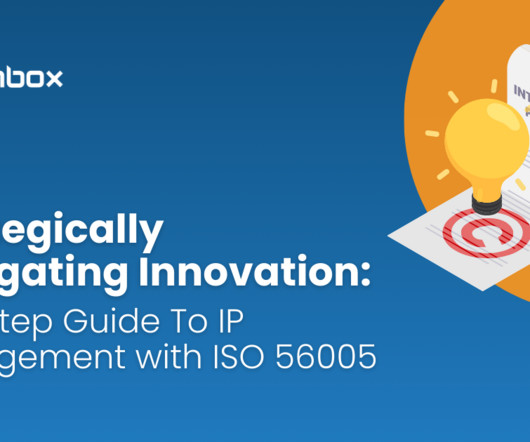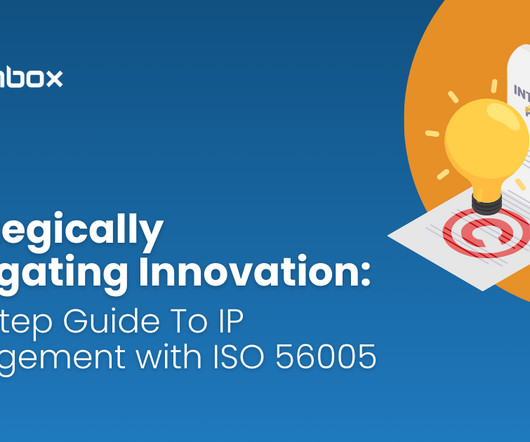Strategically Navigating Innovation: A 10-Step Guide to IP Management with ISO 56005
PlanBox Innovation
NOVEMBER 22, 2023
Innovation is the cornerstone of progress, fueling growth and driving competitiveness in today’s dynamic business landscape. Obtaining oversight from top management, providing IP awareness training and empowering employees to contribute to IP management collectively create an enabling work environment.















Let's personalize your content